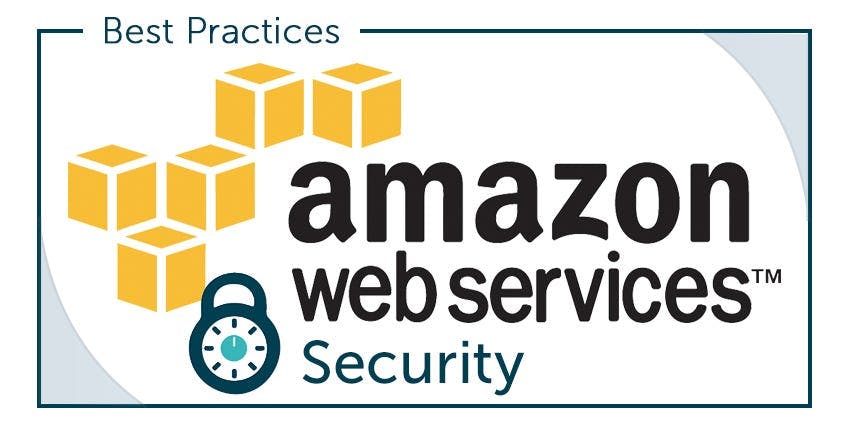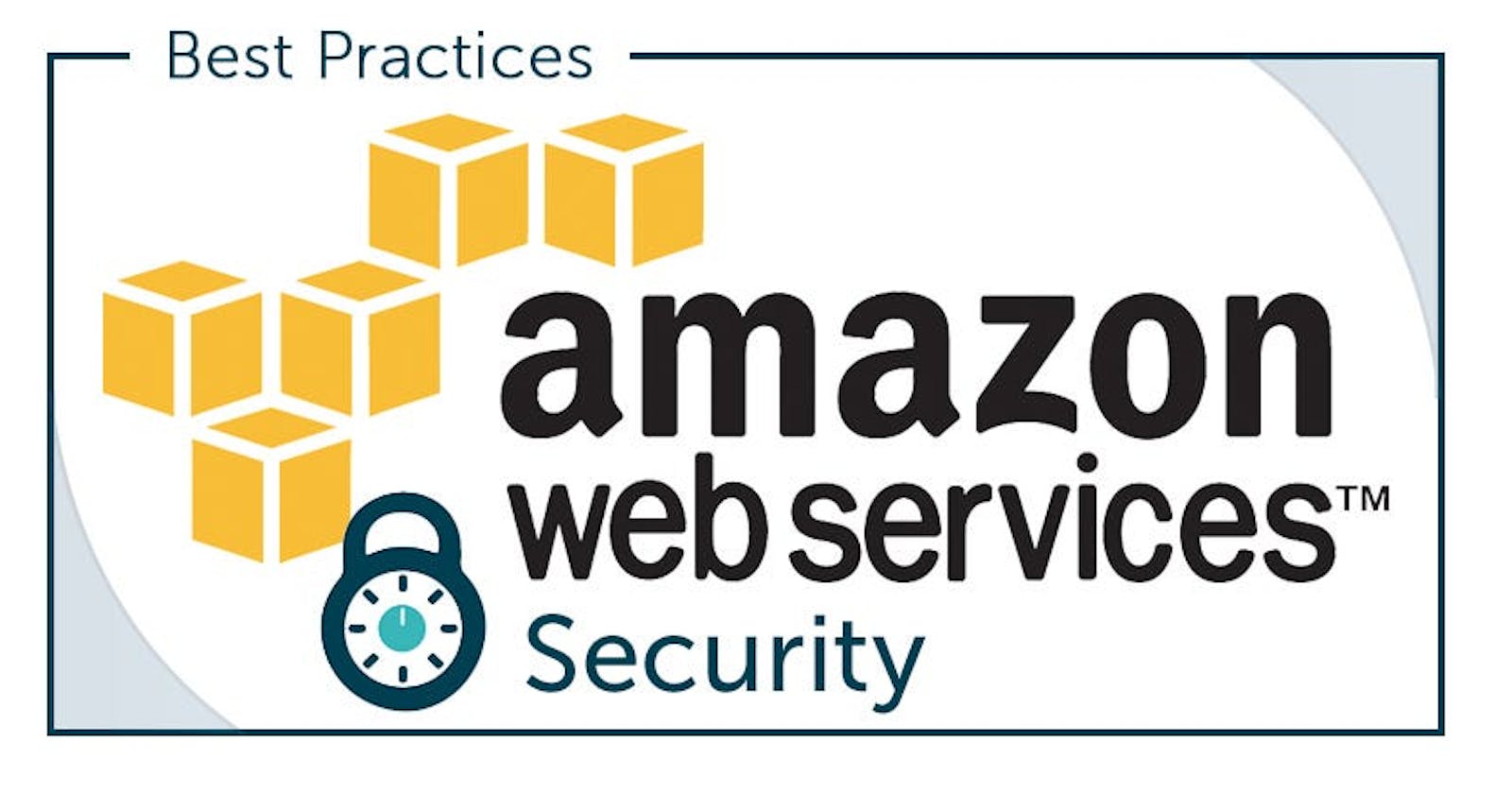Hey there, fellow AWS enthusiasts! We know the cloud is an incredible space to host your applications, but it's crucial to ensure your AWS account is locked down tighter than Fort Knox. So, let's dive into 15 expert tips to secure your AWS account and sleep peacefully at night.
1. Double Down with MFA: Let's start with the basics. Enabling Multi-Factor Authentication (MFA) is like having a bouncer at the entrance of your favorite club. It adds an extra layer of security beyond your password, making it significantly harder for unauthorized individuals to access your AWS account.
2. Key Rotation is the Name of the Game: Just like changing your toothbrush, regularly rotating access keys for IAM users is a hygiene practice you don't want to skip. This simple step reduces the risk of someone slipping through the cracks and gaining access without your knowledge.
3. Least Privilege Principle: Why give someone the keys to the entire kingdom when all they need is a room? Apply the principle of least privilege, ensuring users and services only have the permissions they absolutely need. It's like having a VIP pass for specific areas, nothing more, nothing less.
4. Trailblazing with CloudTrail: Enable AWS CloudTrail to log every API call, creating a virtual paper trail of actions within your account. This detective work comes in handy when you need to monitor and identify any suspicious activities, providing you with peace of mind and quick response capabilities.
5. Guard Your Ingress and Egress: Configuring security groups and Network Access Control Lists (NACLs) is like having a bouncer at every door and window. Control the inbound and outbound traffic to your AWS resources, ensuring only the right guests get through.
6. Root Account is for Bills Only: Your root account is the key to the kingdom, so treat it like one. Use it only for billing purposes, and create separate IAM users for everyday tasks. This way, even if a key is compromised, your root account remains untouched.
7. Roles Over Keys: Assign roles to EC2 instances, Lambda functions, or other AWS services rather than relying on access keys. Roles are like VIP passes for your services, allowing them to perform specific actions without the need for permanent credentials.
8. Secrets Safely Stored: Enter AWS Secrets Manager, your vault for sensitive information. Store and manage API keys, database credentials, and passwords securely. It's like a high-tech safe for your digital valuables.
9. Lock Down Those Ports: Don’t throw a party and leave all the doors wide open. Similarly, don’t allow all ports in your security groups. Only allow the ports necessary for your applications, reducing the attack surface.
10. Activate GuardDuty: Think of Amazon GuardDuty as your security guard patrolling your AWS environment 24/7. Activate it to continuously monitor and analyze potential threats, ensuring you're always one step ahead of malicious actors.
11. Keep it Updated: Your EC2 instances and services are like software—keep them updated! Applying the latest security patches and updates is your way of staying on top of potential vulnerabilities.
12. Encrypt All the Things: Data is the currency of the digital world, and you want yours to be Fort Knox. Use AWS Key Management Service (KMS) and SSL/TLS to encrypt data at rest and in transit, adding an extra layer of security to your assets.
13. S3 Bucket Best Practices: Implement proper security configurations for your S3 buckets. This includes setting up bucket policies, enabling versioning, and fine-tuning access controls. Secure your data in the cloud just as you would in a physical vault.
14. Say No to Hard-Coding Keys: Hard-coding access keys in your code is like leaving your house keys under the doormat. Never do it! It's a bad practice that could expose your credentials. Use IAM roles and temporary credentials for a more secure approach.
15. No Secrets in Emails: Lastly, don’t spill your AWS secrets over email. If you do, change your password immediately. It's like shouting your PIN at a crowded mall—just not a good idea.
There you have it, 15 actionable tips to amp up the security of your AWS account. Implementing these practices is like fortifying the walls of your digital fortress, keeping your cloud kingdom safe and sound. Happy cloud computing!


